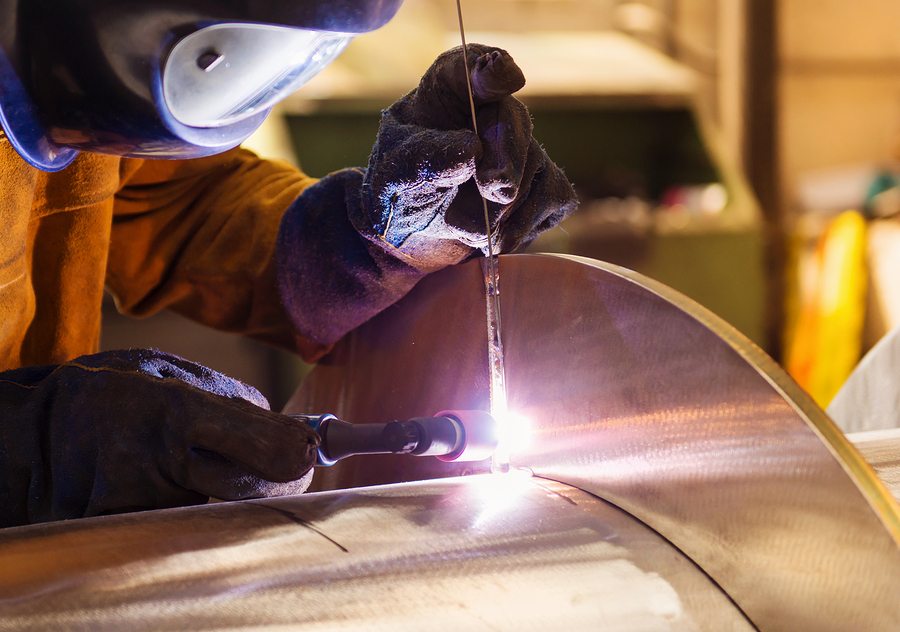
Sight is one of your most precious senses, especially when it comes to your ability to earn a living. Yet, eye injuries occur all too often in the workplace. A worker might be using a high speed tool that scatters tiny flying particles, and in the blink of an eye, the particles are in the workers’ eye. If the worker notices what happens, these particles can be removed by an ophthalmologist or emergency room doctor. Although the result can still be scarring or cause eye damage, there’s an even greater risk of permanent eye damage if the worker doesn’t notice the lodged particle. It might sound obvious, but the first step to protecting your eyes is to make sure that you have routine yearly eye exams. An uncorrected or under corrected vision problem can cause you to have an accident that affects you and/or others. Many workers might feel self-conscious in glasses, but is vanity really worth sacrificing your eyesight?
If you are a candidate, your ophthalmologist might be able to prescribe contact lenses. Either way, the corrective device should be worn as the doctor prescribes it.
In any job location where there might be a hazard to the eye, the worker should utilize personal protective eyewear that is designed for the specific task or hazard involved. This isn’t an optional way to protect your eyes; OSHA actually requires everyone on a work site to wear front and side protecting safety glasses when there is a hazard from any flying objects. The reason that OSHA requires everyone on site to wear safety glasses is because other workers might be working with a hazard, even if you aren’t.
Protective Eyewear
Your eyewear should fit properly and comfortably to best protect your eyes. They should be snug to maintain a proper position, but not so snug that they interfere with your natural movements. Many protective eyewear devices have adjustable features that can be fitted directly to the unique elements of your face.
When fitted properly, dust and chemical splash protecting eyewear will form a protecting seal. Leaving the eyewear loosely hanging on the face will not provide adequate protection.
Face shields and welding helmets must also be fitted properly, as they will do little good if they fall off while working.
Workers that must wear corrective glasses should ask for their own prescription safety eyewear. It is possible to wear certain types of personal protective eyewear over your corrective glasses, but it is often bulky, heavy and uncomfortable.
In the Event of an Eye Accident
If an eye injury does occur, the response time can often prevent serious and permanent injury. In order to respond quickly, workers should do the following before an incident occurs:
- Know safety protocols and first-aid response.
- Know the location of eyewash stations, operation, and how to quickly get to one.
- Report any problems with the eyewash station, personal protective equipment, or unaccounted hazards to the site supervisor.
- Accidents are inevitably going to occur. However, by supporting and complying with all elements of the eye protection program, you can greatly reduce the risk of injury and lessen the potential for permanent eye damage.


